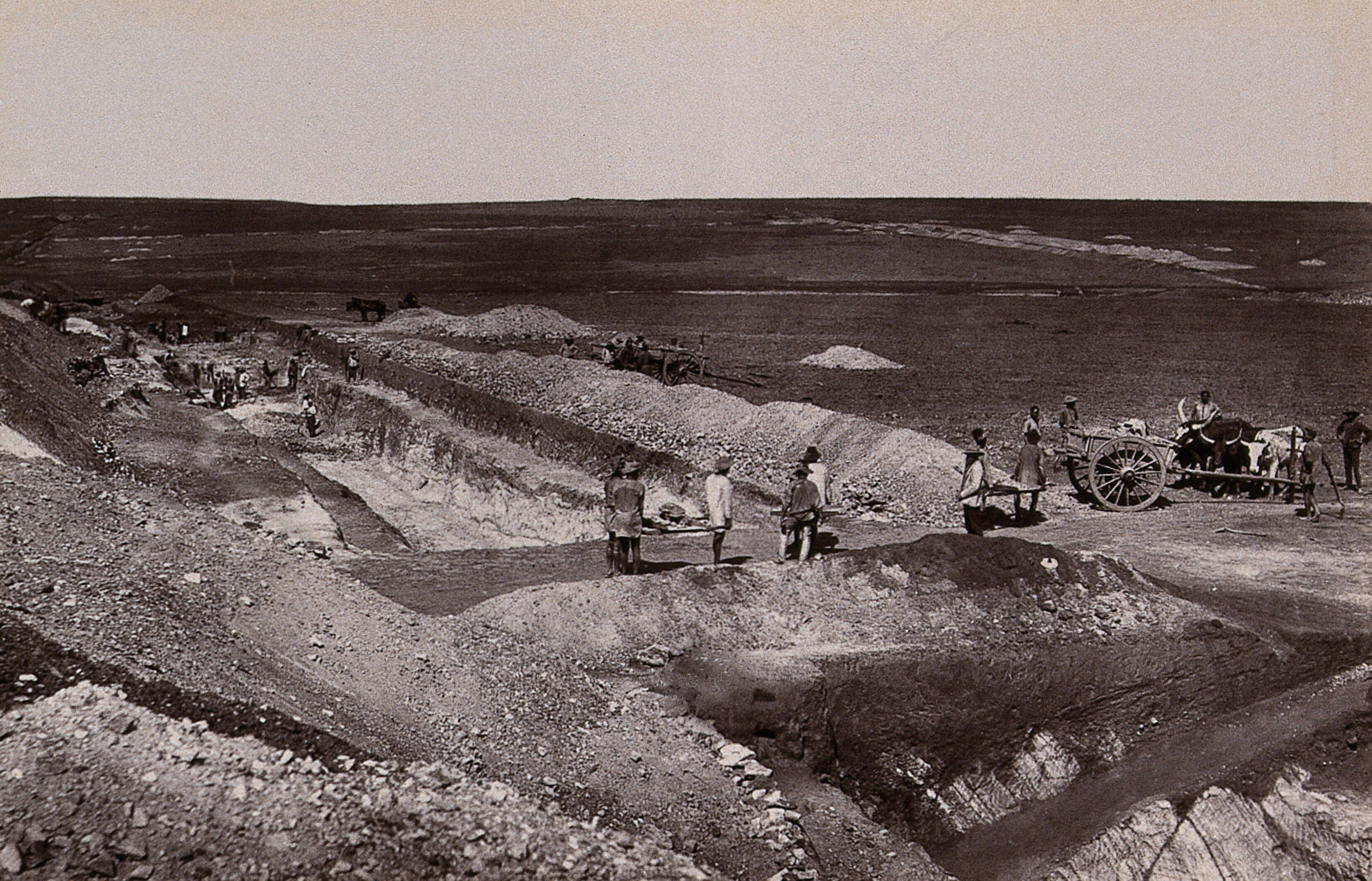South Africa’s Witwatersrand Basin could be sitting on a bundle of “invisible gold” reportedly worth up to $24 billion – and one young scientist believes he knows how we can get our hands on it.
Witwatersrand in South Africa was the site of a giant Gold Rush in the late 19th century that was so profitable it fueled the founding of Johannesburg. It’s estimated that 40 percent of all gold mined on Earth so far was obtained here, leaving behind vast hills of mining waste known as tailings.
Dr Steve Chingwaru, a 26-year-old metallurgist who hails from Zimbabwe, recently carried out research that’s showed the 6 billion tons of tailings around Johannesburg’s mines may contain up to 460 tons of so-called “invisible gold”.
Gold doesn’t always come in the form of glistening nuggets. Sometimes, tiny quantities of the valuable metal are found locked inside other minerals, not visible to the human eye. This is known as invisible gold.
After quantifying the amount of gold locked away in the waste hills of Witwatersrand, Chingwaru’s PhD project looked into a more efficient way of reprocessing tailings dumps to obtain the metal since current methods are pretty ineffective.
“Historically, the low concentration of gold inside tailings was considered too low grade to be of value. But now that extensive mining has depleted most of the high-grade concentration of gold, it’s becoming unfeasible to mine – some shafts are already reaching 4 km [2.5 miles] underground. Looking for gold in low-concentration sources is becoming more viable,” Chingwaru said in a statement.

Workers at the Witwatersrand mine in 1888 during the Gold Rush.
“Typically, they manage to extract just 30 percent of the gold through this process. So, in my PhD research, I asked where the remaining 70 percent is and how it can be safely removed from the pyrite,” he explained.
Along with being ineffectual, current means of exploiting tailings dumps can be highly damaging to the environment.
“When sulphides become oxidised, they produce sulphuric acid, and when that goes into the groundwater, it increases the mobility of several toxic elements. It’s a big problem in some parts of Johannesburg where they’re scared that their groundwater is becoming polluted by tailings-related acid mine drainage. That’s why I’m passionate about highlighting the economic potential, as well as the environmental benefits of reprocessing tailings dumps efficiently,” Chingwaru said.
“If you process the pyrite, you are taking out the key cause of acid mine drainage, plus you’re getting economic value from it. The process has the potential to recover additional valuable byproducts such as copper, cobalt and nickel, and reduce or even eliminate the heavy metal pollution and acid mine drainage associated with tailings dumping,” he added.
His research indicates that Johannesburg’s tailings contain a fortune of gold, roughly worth 450 billion South African rand (~$24 billion).
The question is whether this novel method is cheap enough to extract the gold and make a profit. Chingwaru said that he’s spoken to several senior people in South Africa’s gold mining business who believe it could be scaled up to become economically viable – and potentially make a significant amount of cash.
“They all said that, yes, it would be expensive to extract the gold, but they could still make a decent profit. Especially if the gold price stays where it is,” he told Al Jazeera.
Source Link: Up To $24 Billion Of "Invisible Gold" Could Be Sitting In South Africa